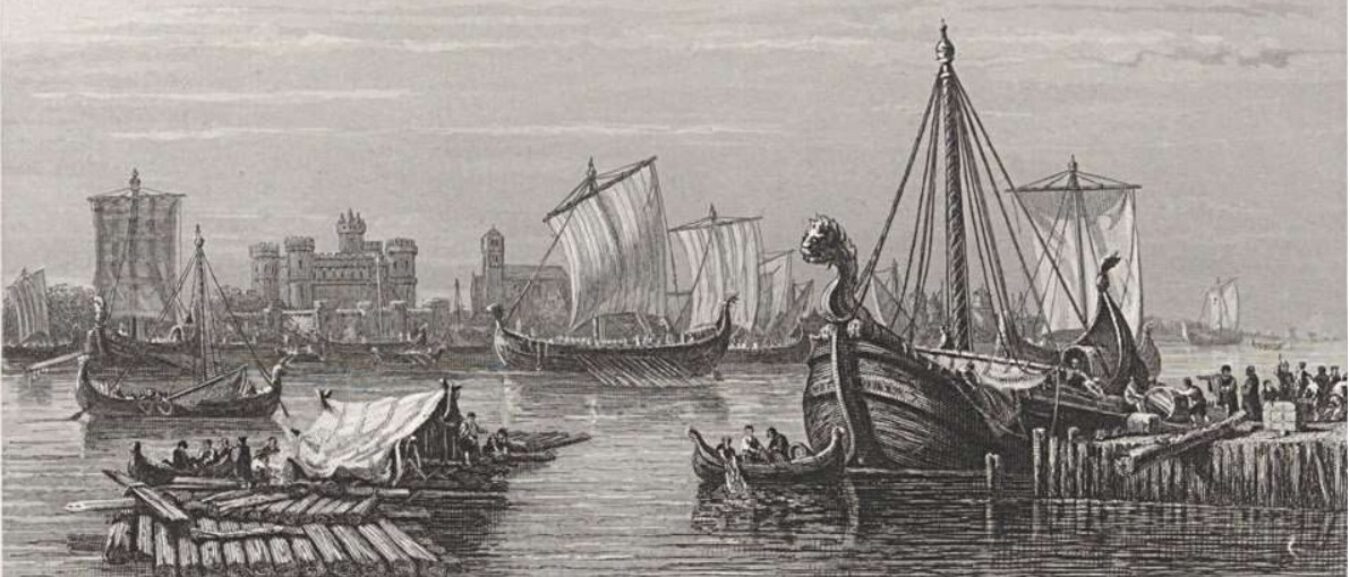The Slavic gods were a pantheon of deities worshipped by the ancient Slavic people, who lived in Eastern Europe and parts of Central Europe from the 6th to the 9th centuries. The Slavic religion was polytheistic, meaning that the Slavs worshipped many gods and goddesses, each of whom had a specific role and domain.
Some of the most important Slavic gods and goddesses include:
- Perun – God of thunder and lightning, often depicted with a hammer or an axe.
- Veles – God of the earth, underworld, and magic, often depicted as a horned serpent or a bear.
- Svarog – God of the sky, fire, and blacksmithing, often depicted as an old man with a long beard.
- Mokosh – Goddess of fertility, women’s crafts, and weaving, often depicted as a woman with a distaff.
- Dazhbog – God of the sun and wealth, often depicted as a man riding a white horse.
- Lada – Goddess of love, beauty, and harmony, often depicted as a woman with long hair and flowers.
- Chernobog – God of darkness and evil, often depicted as a dark, horned figure.
Slavic mythology is full of stories about the adventures and exploits of the gods, as well as their interactions with humans. Many of these stories have been passed down through the centuries, and they continue to inspire modern literature, art, and popular culture.
It’s important to note that the Slavic religion and mythology varied greatly among different regions and periods of history, and that many aspects of the belief system were lost or distorted over time. However, there has been a recent revival of Slavic paganism and interest in the traditions and customs of the ancient Slavs.

